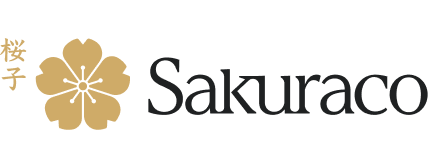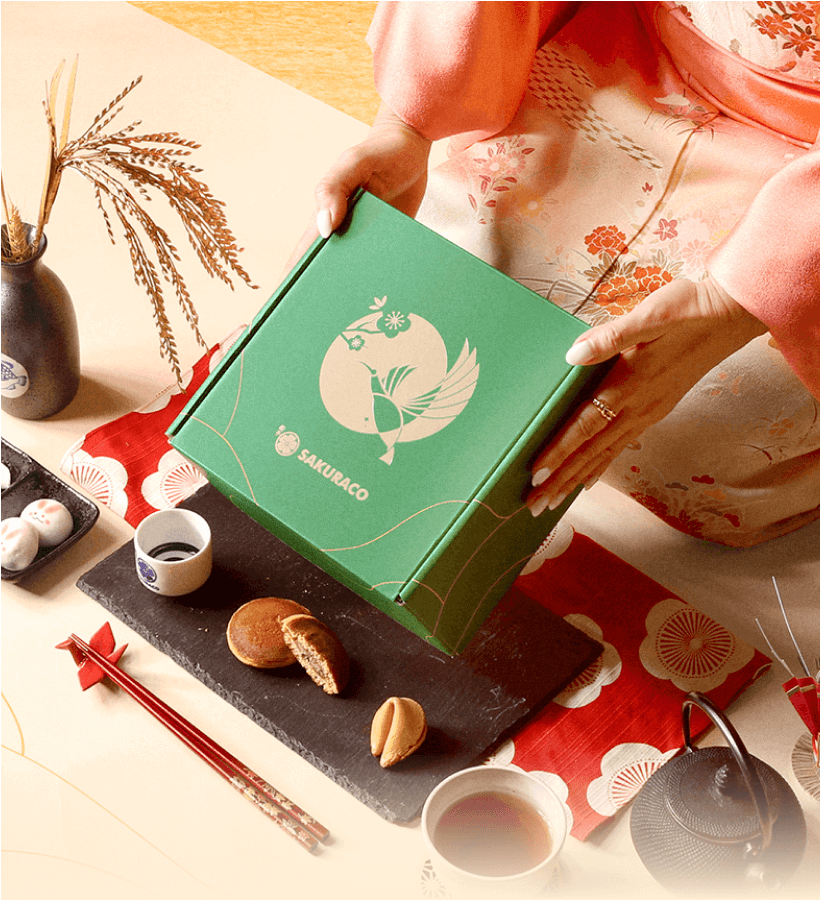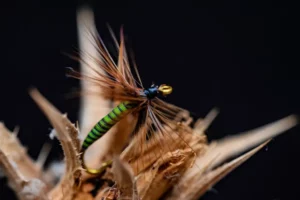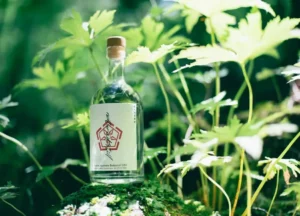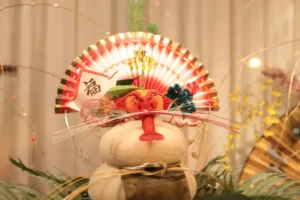Shikoku is the smallest of Japan’s four main islands, a peaceful region renowned for its scenic beauty and tranquil lifestyle. It’s also home to a special kind of sugar that perfectly reflects this relaxed way of life — wasanbon. You’ll be surprised by how carefully it is made and how many ways it can be used. Let’s learn more about this unique sugar together!
Table of Contents
ToggleWhat is wasanbon?
This Shikoku sugar has a soft off-white color and feels almost like powder. It’s famous for its gentle sweetness that disappears quickly, leaving a clean and refreshing taste on your tongue. Wasanbon has a graceful name that perfectly matches its elegant taste. In Japanese, wa means “Japan” and sanbon refers to “three trays”, which describes the careful process used to polish the sugar three times.
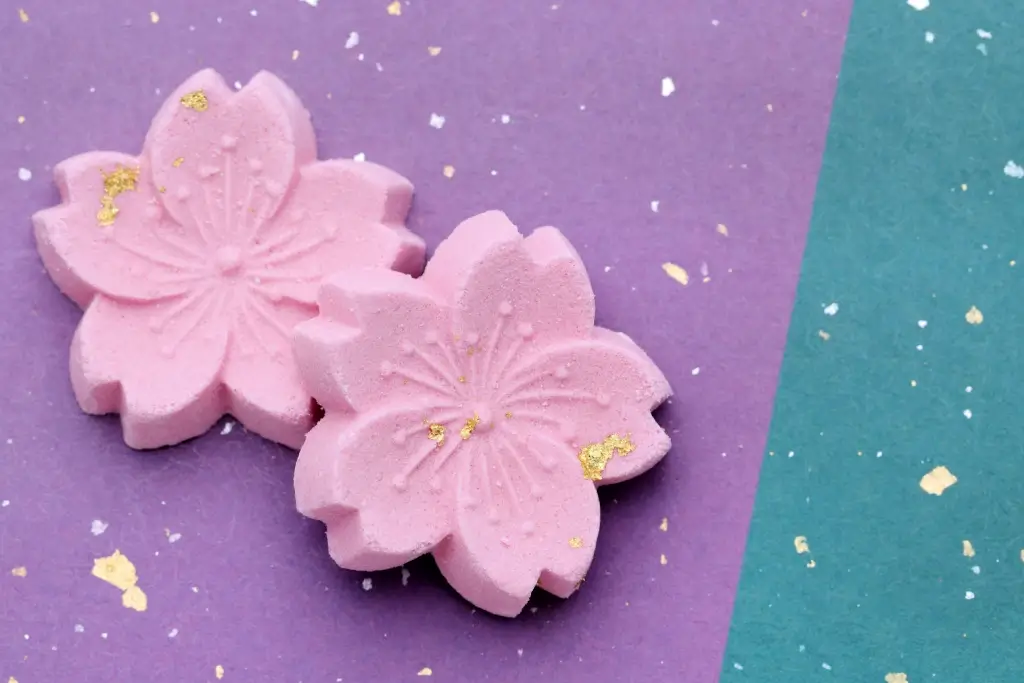
What makes wasanbon different from other sugars is its texture and flavor. It’s smooth, fluffy, and melts softly in the mouth. The taste is not too strong, but it carries a delicate hint of flowers and caramel, lending it a graceful charm. Besides being delicious, wasanbon also contains minerals like calcium, iron, and magnesium, which are beneficial for the body.
Wasanbon often comes in lovely shapes, such as cherry blossoms in spring or maple leaves in autumn. Today, you can even find cute shapes for holidays, such as little ghosts for Halloween or Santa Claus for Christmas. Each piece resembles a tiny work of art, making it not only delicious but also visually appealing.
When did wasanbon first appear?
Wasanbon first appeared in the 17th century, during the Edo period (1603-1868), a time when Japan began to explore new flavors and culinary innovations. In Shikoku, people discovered a special kind of sugarcane called chikusha, which could produce a delicate and pure sugar unlike any other.
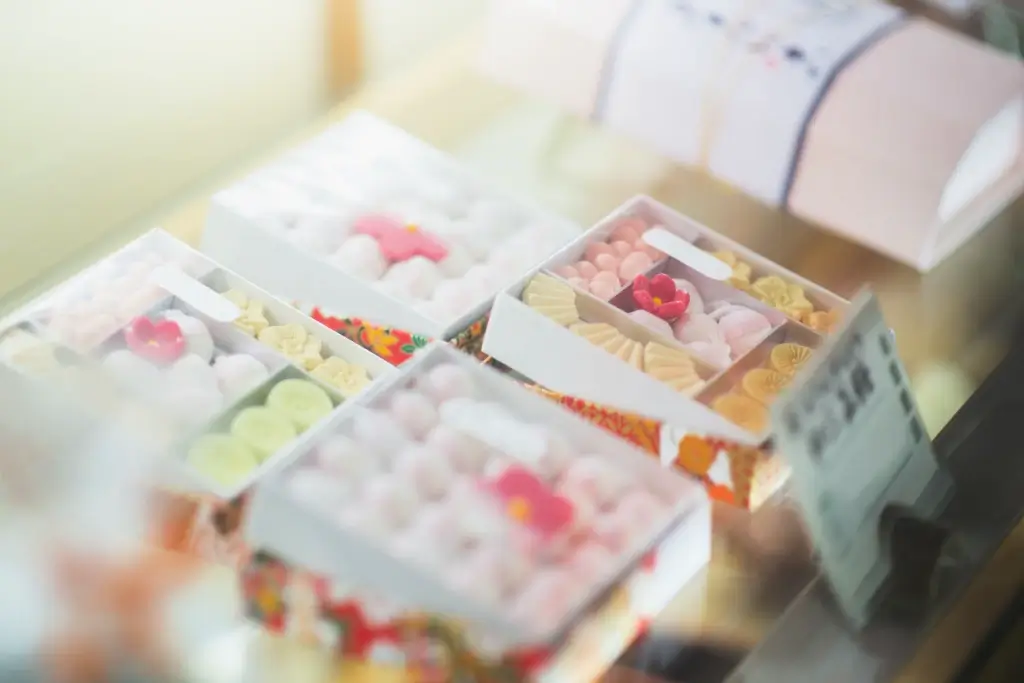
The story began when Matsudaira Yoritaka, a feudal lord, wanted to bring fine sugar to Japan after learning about its sweetness from Shikoku. His men brought back sugarcane from the island, and soon the making of wasanbon started in Kagawa and Tokushima. This sugar quickly became a treasure among local artisans who carefully refined it by hand.
Are you looking for unique snacks like wasanbon? Check out Sakuraco! Sakuraco delivers traditional Japanese snacks, teas, and sweets from local Japanese makers directly to your door so you can enjoy the latest treats from Japan!
How is this refined sugar made?
Making wasanbon is a meticulous and time-consuming process that takes approximately 20 days to complete. Between December and February, sugarcane is harvested at its sweetest. Farmers in Kagawa and Tokushima press the thin canes to collect their golden juice. The leftover cane is not wasted; it’s used as food for animals or fertilizer for the fields.
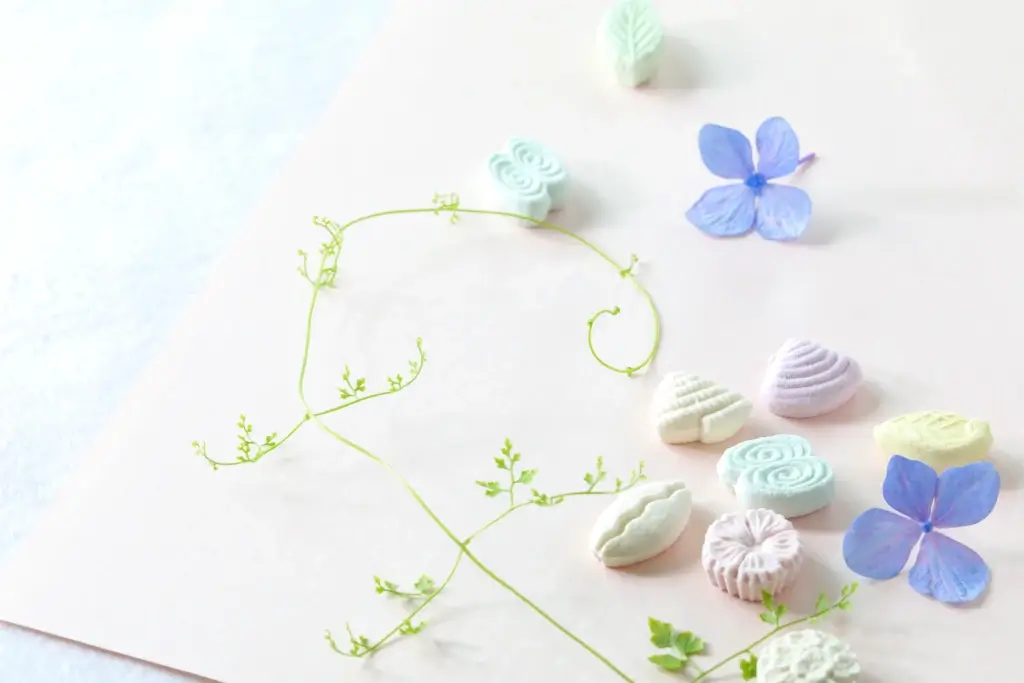
The sugarcane juice is gently boiled until a green foam forms on top. This foam is removed to make the sugar clean and smooth. After boiling, the juice turns a light yellow color and is left to rest, allowing the heavier particles to settle to the bottom. The clear liquid is then boiled again and slowly thickens into a syrup.
After cooling, the syrup forms soft, brown crystals that are wrapped in cloth and pressed to remove excess liquid. Then, the sugar blocks are washed and kneaded with water several times to make them whiter and finer. This polishing step is what gives wasanbon its elegant and silky texture. Finally, the sugar is dried, crushed, and carefully sifted into a soft, powdery form. Every step requires patience, steady hands, and the gentle touch of artisans.
How do people enjoy wasanbon?
People in Japan savor wasanbon in many delightful ways. Its soft sweetness makes it perfect for both food and drinks. Many love to pair it with a warm cup of matcha or brown rice coffee, where its gentle flavor beautifully balances the tea’s bitterness. Some even eat wasanbon just like candy.
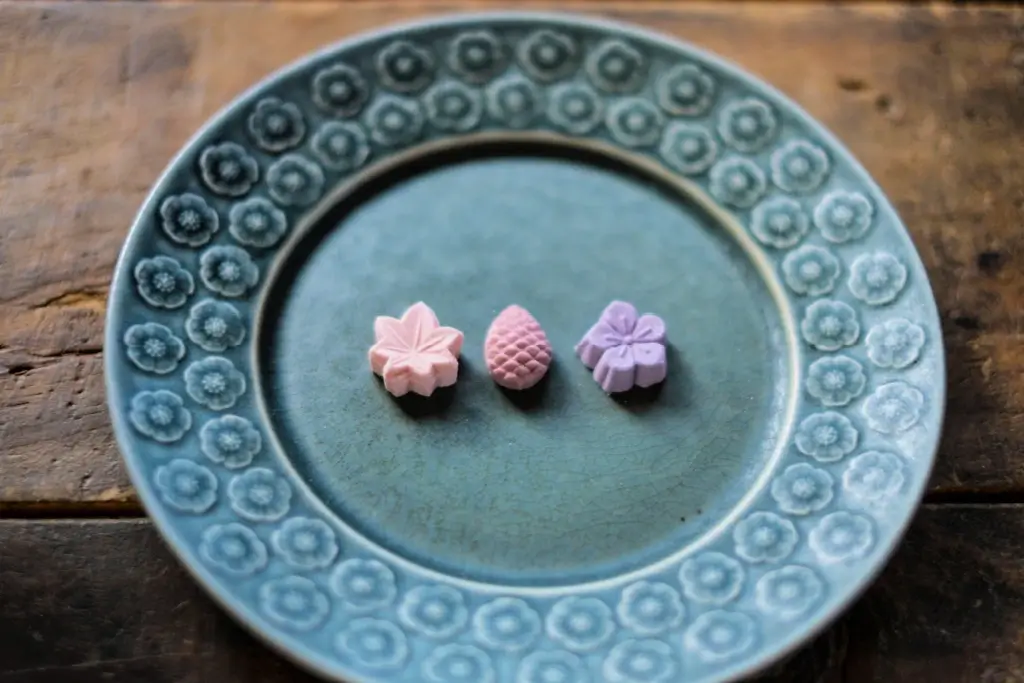
In Japanese cuisine, this Shikoku sugar is often used to make a variety of traditional sweets. It’s often used in wagashi such as yokan, castella, and higashi, where artisans mold it into shapes like flowers or leaves. Each piece is both charming and delicious, showing the care and skill of Japanese confectioners.
Wasanbon also appears in modern treats, including soft Swiss rolls or cookies, especially in shops across Tokushima and Kagawa. These sweets blend Western styles with Japanese elegance, creating a wonderful mix of flavors. The sugar can even be added to rice or sauces for a mild sweetness.
Why should I try this Shikoku sugar?
You should try this unique sugar not only for its taste, but also for the calming spirit it brings. Wasanbon is more than a sweetener; it is a reflection of care, patience, and beauty in everyday life. Its soft sweetness teaches us to enjoy small moments slowly, just like the artisans who spend days crafting it by hand.
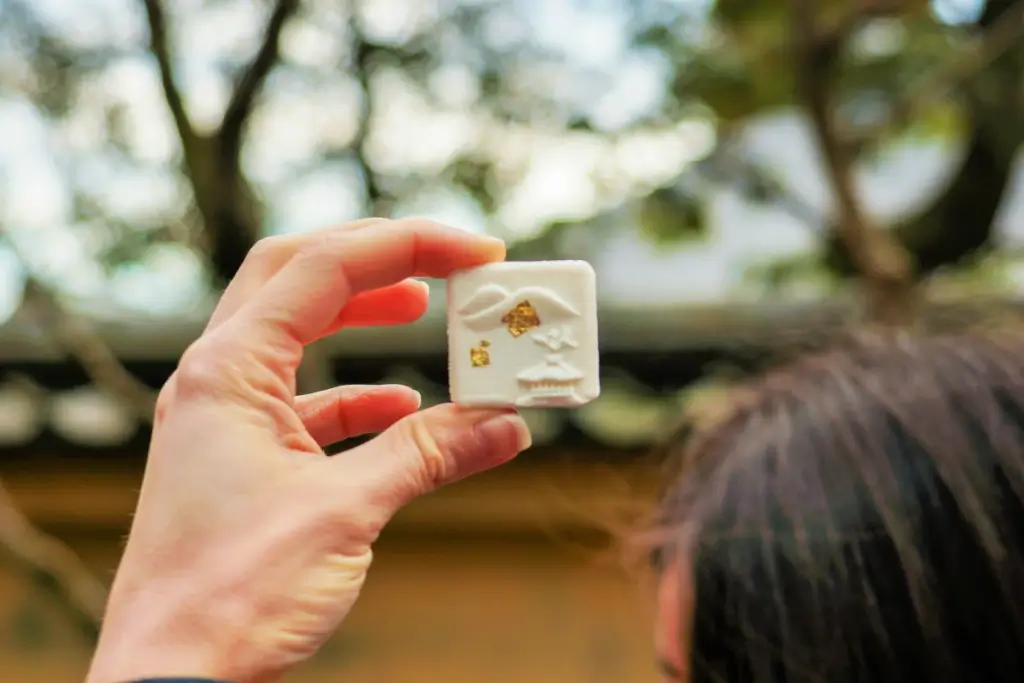
Moreover, this sugar also illustrates how Japanese culture values a balance between flavor and form, as well as effort and simplicity. Trying wasanbon is like discovering a small story of Shikoku, where tradition continues to live in each grain of sugar. If you had the chance to taste wasanbon, how would you enjoy it? Let me know in the comments!
Cited Sources
- Japan Living Guide. “What is wasanbon (sugar) and how do you use it in Japan?“
- Shikoku Tourism. “Traditional Japanese sweets “Wasanbon Sugar” that are pleasing to the eye. You can also try your hand at making them!“
- Nippon. “A Touch of Refinement: The Delicate Sweetness of Japan’s “Wasanbon” Sugar.”


